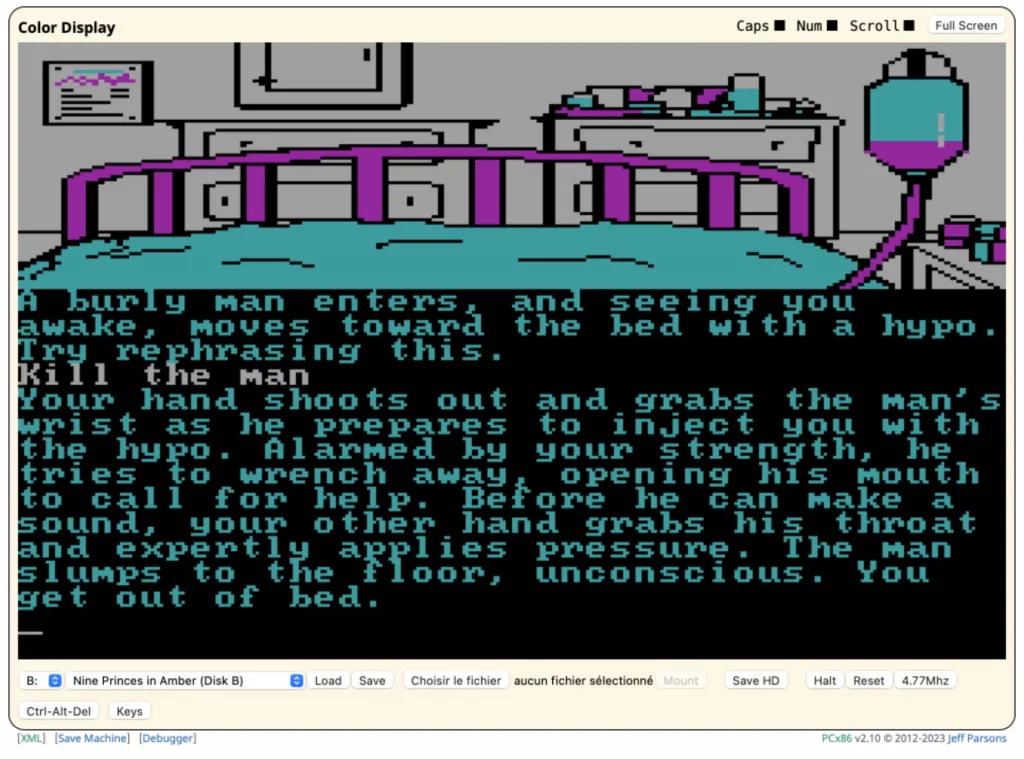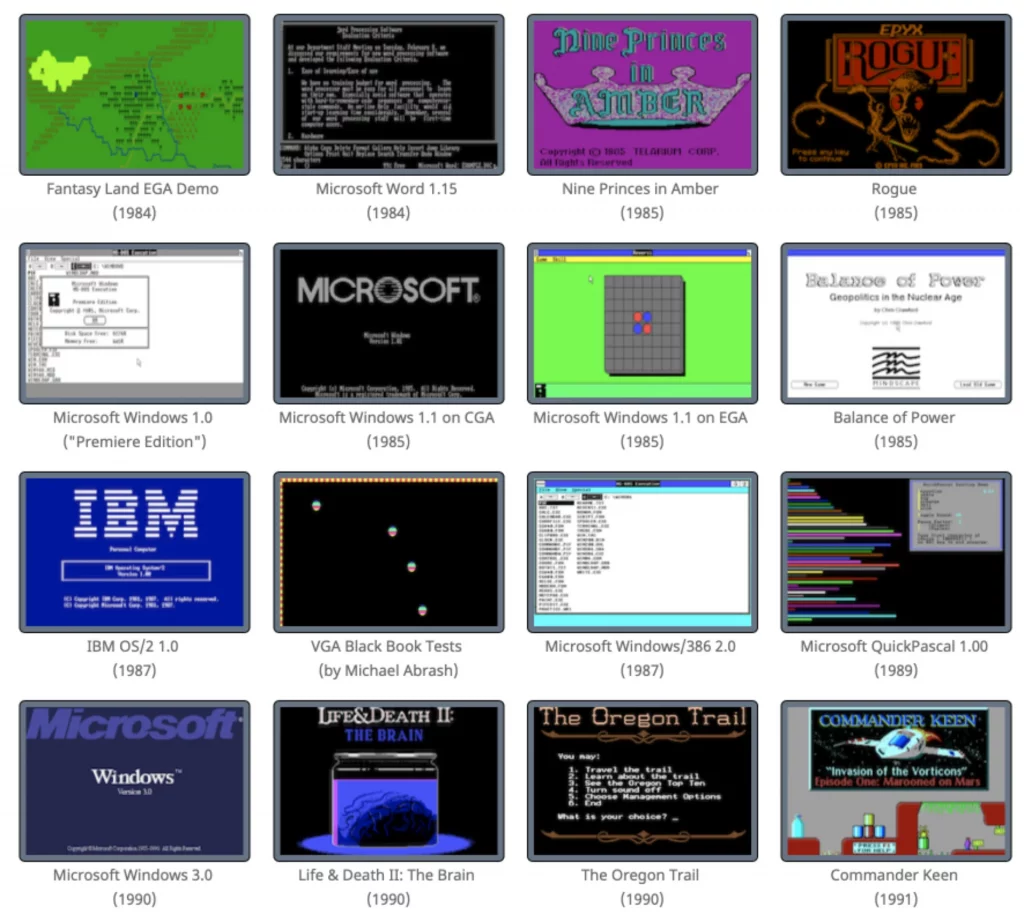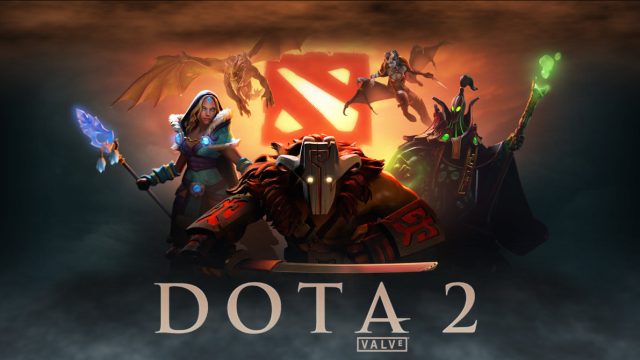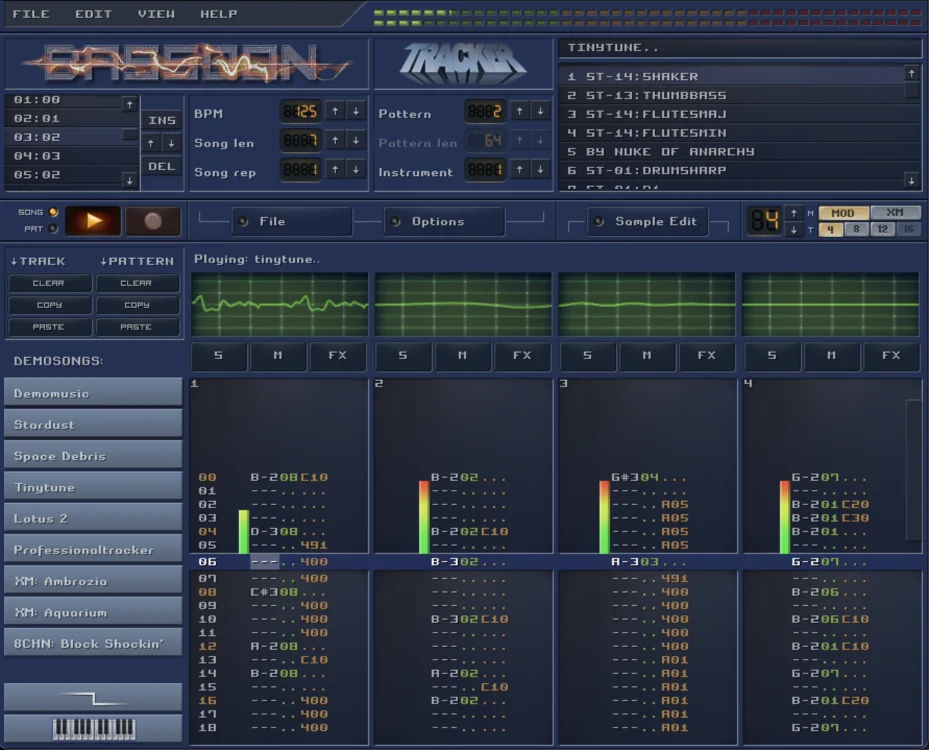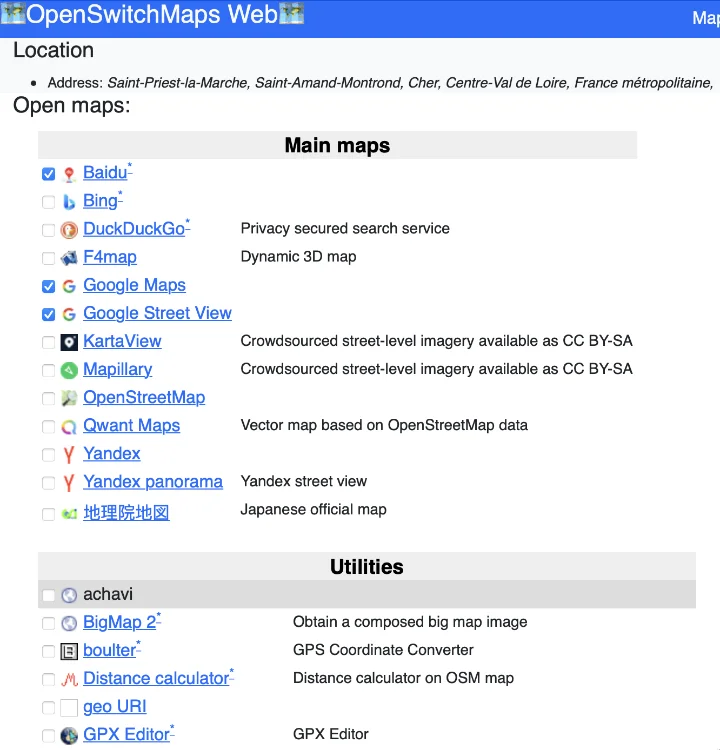-
Bl
chevron_right
mumble-web (mis)adventure
blabla.movim.eu / blog-woodpeckersnest-space:0 · Tuesday, 5 December, 2023 - 20:01 edit
Today I wanted to install yet another web frontend for the services I host, i.e. mumble-web
mumble-web is an HTML5 Mumble client for use in modern browsers.
I won't bore you with the install details, just know that it's basically JS and you need to install npm modules.. After some processing and a whole lot of deprecation warnings on screen, it finally failed. Then I looked at the logs it left and it was searching for python2!! Went back to the github page and found out the code is from about 3 years ago, with the latest issue being about one guy managing to build the software on Debian 11 with some old NodeJs version..
So, after a bit of disappointment, I delete the whole directory and be done with it. You know, there's no alternatives out there 😟
Now I would like to ask a question to disroot admins: how the hell are you running this junk on your server!? I believe they're using docker, still it's not safe in my opinion to run such old-unmaintained stuff.
I won't be doing that.


